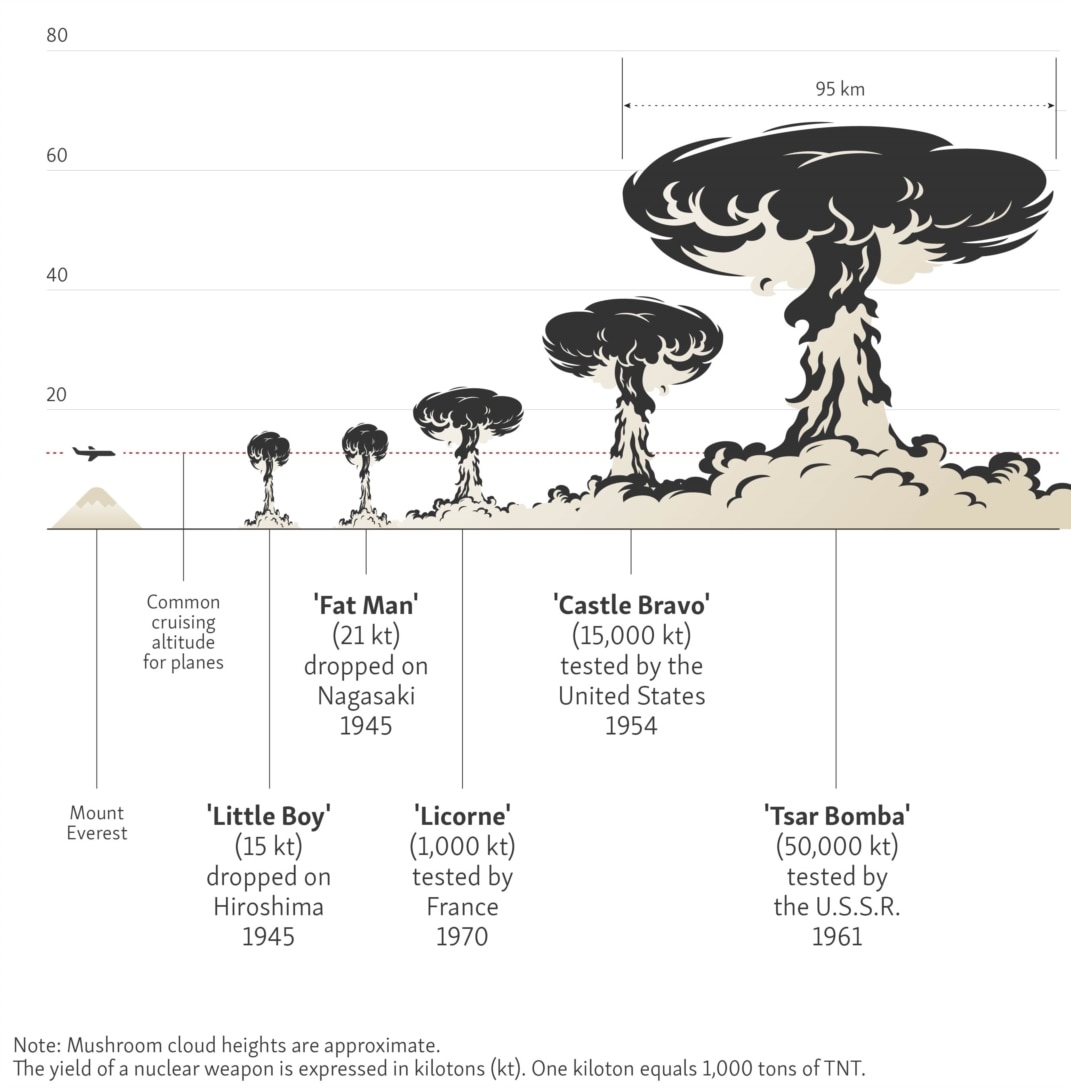
"NASA's Flimsy Argument for Nuclear Weapons." Scientific American Magazine. "Armageddon Can Wait: Stopping Killer Asteroids." The New York Times.

įor more information about bombs, asteroids and bombs blowing up asteroids, visit the links on the next page. While NASA claims that the chances of Apophis colliding with Earth are only about 1 in 250,000, it does demonstrate that shooting objects at asteroids to knock them out of the way is a definite possibility. In December 2009, the director of the Russian Federal Space Agency, Anatoly Perminov, announced that Russia was considering making plans to deflect the 270-meter (885-foot) asteroid Apophis from its possible collision course with Earth. So, will we ever know in our lifetime if it's possible to deflect an asteroid? Maybe. Some other non-nuclear options that NASA considered include using a laser or a giant mirror to focus energy on a spot on the asteroid and "boil off" parts of it, or using a spacecraft to tug the asteroid in a different direction. The best option in the non-nuclear category is a kinetic impact (a nice way of saying they would ram objects into the asteroid), but doing so would require detailed knowledge of what the surface of the asteroid is like.
IS A NUKE 10 KILOMETERS SERIES
In the end, the space agency determined that a series of standoff nuclear explosions would be the most effective way to deflect an asteroid headed for Earth. The surface and subsurface explosions are the most effective, but there's a good chance of splitting the asteroid. NASA tested four nuclear scenarios: a surface explosion, a delayed surface explosion, a subsurface explosion and a standoff explosion (where the bomb doesn't come into contact with the asteroid). In the explosions category, NASA discovered that nuclear explosives are way more effective for asteroid deflection than non-nuclear explosives, due to the sheer amount of energy they produce. An asteroid larger than 6.2 miles (10 kilometers) in diameter is considered "extinction class," or powerful enough to destroy life on Earth if it collides with our hapless planet. Ceres, the largest known asteroid, stretches 580 miles (933 kilometers) in diameter, while one of the smallest on record, 1991 BA, measures 20 feet (6 meters) across. To start with, asteroids come in all shapes and sizes. Surely nuclear weapons that can obliterate entire cities contain enough destructive power to blow a giant space rock to bits, right? Movies like "Deep Impact" and "Armageddon" make it seem so easy. Earth is saved yet again from certain doom. Despite several suspenseful setbacks, the intrepid team is ultimately successful, and the asteroid explodes into millions of pieces. You've seen it plenty of times on the big screen: Scientists spot an enormous asteroid hurtling toward Earth and the only hope for mankind is to send a team to plant a nuclear bomb inside the looming monster.

Image courtesy NASA/Jet Propulsion Laboratory


 0 kommentar(er)
0 kommentar(er)
